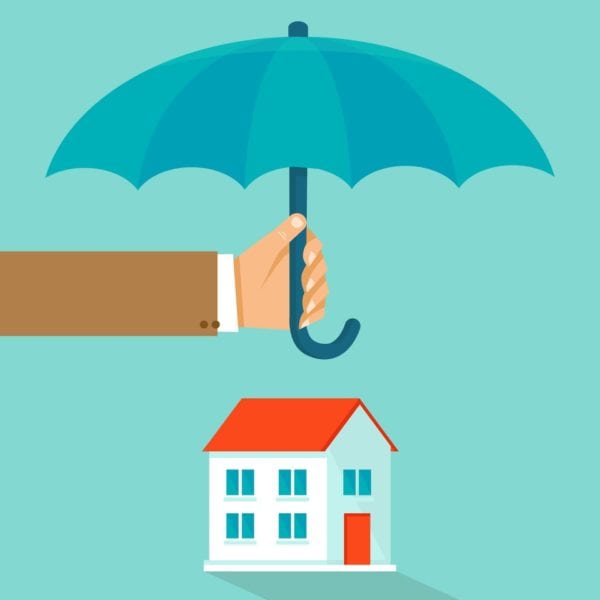This article written by David Mastracci first appeared May 22, 2015 in The Finanacial Post.

Pools, finished basements and shingled roofs are a few of the 14 home elements that can increase your home insurance costs.
Some of the costliest items according to Alexey Saltykov, co-founder and CEO of InsurEye Inc., a Canadian insurance-services company, are the old home elements that haven’t been upgraded: oil-based heating, wooden stoves, knob and tube wiring, and aluminum wiring.
“Some insurers will not insure you at all, some will require an inspection, and some will classify you as high-risk,” Saltykov said.
And then there are costs for using your home as a business that you might not even have considered.
Most elements are “pretty intuitive,” according to Saltykov. Yet homeowners love to add some of the newer elements, or perceive them as adding value to their home.
Let’s assume an average cost to rebuild value, or building limit, of $300,000. A finished basement leads to 20 per cent more in insurance payments, due to potential flooding, according to the president and CEO of Square One Insurance Services Inc., Daniel Mirkovic.
And a pool “increases the estimated cost to rebuild your home by about $5,000, or six per cent. That will drive the classification of a home into a higher building limit,” while adding about $30 a year in personal and premises liability premiums, Mirkovic said.
Here are 14 elements, some old, some new, for your consideration.
- Expensive items: Jewellery, art, musical instruments, wine collections, high-end watches, sporting equipment and bicycles – lead to extra premiums, or “riders,” for coverage. Keep track.
- Swimming pools: Pools obviously represent higher liability because of the potential for drowning, liability goes up when not protected by a fence.
- Fireplace/woodstove: Wood stoves are a source of fire and smoke damage. Insurers will look for additional premiums and/or require a home inspection first.
- Oil-based heating: You’ll have trouble getting insurance if you still have an oil-based heating system since these result in environmental hazards and can cause fire. Insurers prefer electric heat or forced-air gas furnaces.
- Business property: Double the trouble: both your personal contents and business property could be lost or damaged, stolen or vandalized.
- Home being a part of your business: Bed and breakfasts, daycare, and customers or suppliers visiting your home: will all send you back to the policy drawing board.
- Aluminum wiring: A type of wiring used in houses up to 1970, insurers don’t like it because of its potential to overheat and cause fires. Policies for houses with aluminum wiring will be either more expensive or harder to get.
- Knob and tube wiring: This very old wiring – not well-suited to today’s high energy consumption levels – requires connectors that use knobs to keep the wires isolated. Insulating tubes guide wires through walls. You’ll either have to get the house rewired or pay an additional premium.
- Old house elements: Roofing and other aging house factors leads to more expensive insurance or sometimes not at all until there’s an upgrade.
- Galvanized or lead pipes: Galvanized or lead pipes are older types more likely to build up corrosion, resulting in a negative impact on water pressure and water quality. Insurers prefer modern plastics or copper pipes.
- Roof type: The least reliable roofs are wood shake or shingle, because of vulnerability to weather hazards, which are on the rise.
- Building frame: Wood frame homes are more likely to suffer from fire. Insurers like concrete or brick homes.
- Basement: Finished basements drive up costs because of potential damage if a pipe bursts or sewage backs up, or there’s flooding.
- Garden and Trees: No risk here! But in most cases you do have to pay extra if you want this type of coverage, if you’ve spent a lot of money and are worried about losing this beauty to weather, vandalism, etc.